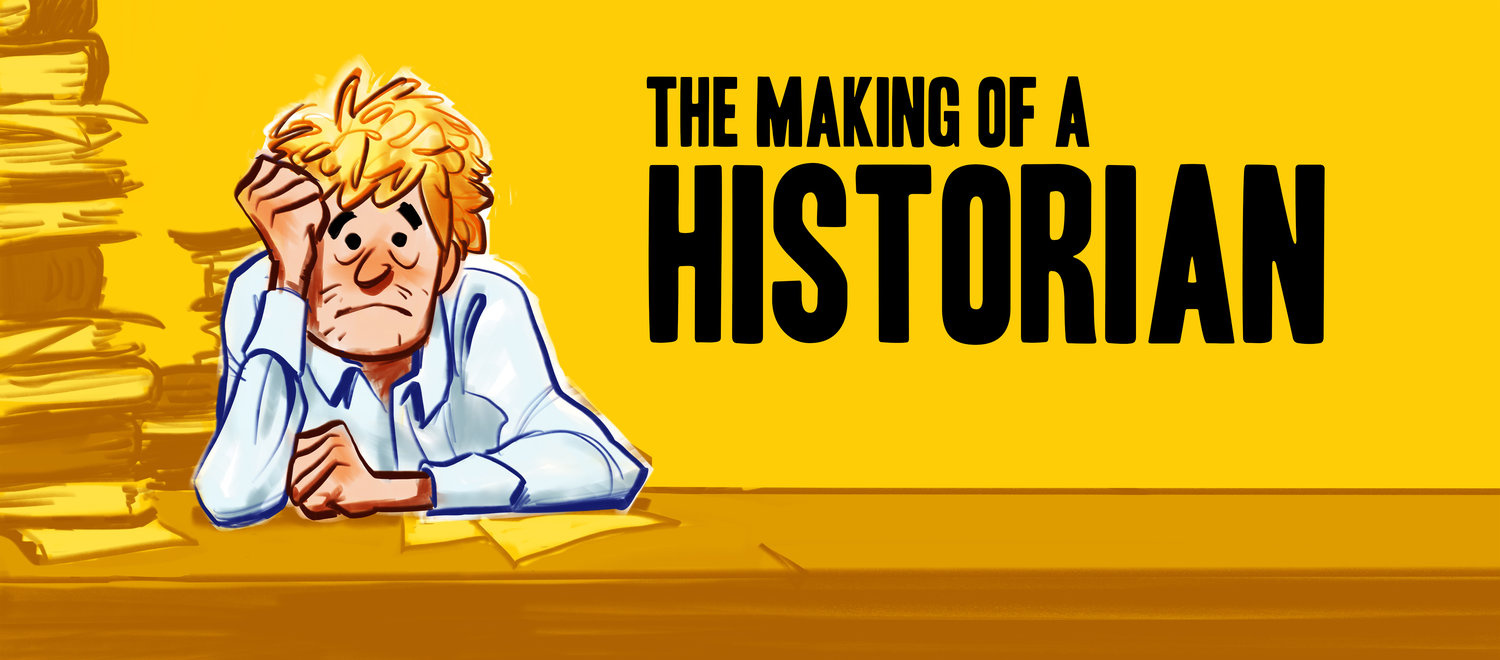This week we talk about the Columbian Exchange through two stories. The first shows how the introduction of the potato to Europe put the pig in a bit of trouble as it lost much of the forests it had once relied on for nuts. It was only saved by the admixture of more docile, domesticated, and sweeter Asian pig stock that left us with the pig we have today. The other story tells of how the sugar industrial complex of the Early Modern World, whose brutal work was done by slaves, was fed with a South American starchy tuber called manioc. How it got to be the fifth biggest staple food in the world, particularly in Africa, is a story of war, the slave trade, and the work of women.
Reading List:
· Nunn, Nathan, and Nancy Qian. 2010. “The Columbian Exchange: A History of Disease, Food, and Ideas.” Journal of Economic Perspectives 24 (2): 163–88.
· O’Connor, Kaori. 2013. “Beyond ‘Exotic Groceries’: Tapioca/Cassava/Manioc, a Hidden Commodity of Empires and Globalisation.” In Global Histories, Imperial Commodities, Local Interactions, edited by Jonathan Curry-Machado, 224–47. London: Palgrave Macmillan UK. https://doi.org/10.1057/9781137283603_12.
· WHITE, SAM. 2011. “From Globalized Pig Breeds to Capitalist Pigs: A Study in Animal Cultures and Evolutionary History.” Environmental History 16 (1): 94–120.
